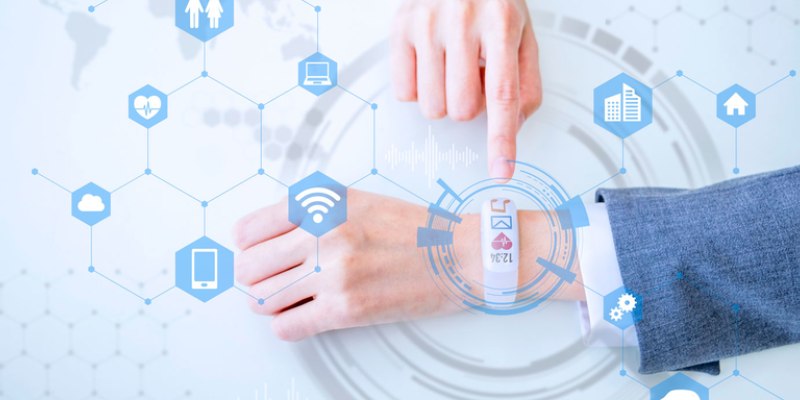The Bernard Rodriguez Journal
Exploring the latest trends and stories in news and lifestyle.
IoT: The Invisible Web Connecting Your Everyday Life
Discover how IoT weaves an invisible web that enhances your daily life. Uncover the secrets behind smart living today!
How IoT is Transforming Everyday Tasks: Convenience at Your Fingertips
The Internet of Things (IoT) is revolutionizing the way we manage our daily activities, making convenience more accessible than ever before. At its core, IoT refers to the network of interconnected devices that communicate and share data with each other, allowing for seamless integration into our everyday tasks. For instance, smart home devices like thermostats, lights, and security cameras can be controlled remotely through mobile apps. This level of connectivity not only enhances the user experience but also encourages us to adopt a more efficient lifestyle by automating mundane tasks.
From grocery shopping to home security, the impact of IoT is evident in various aspects of daily life. For example, smart refrigerators can track the inventory of food items and suggest recipes based on what you have available, effectively reducing food waste and streamlining meal preparation. Additionally, wearable devices, such as fitness trackers and smartwatches, help users monitor their health and activity levels in real-time. As technology continues to advance, we can expect even greater integration of IoT solutions, making everyday tasks less of a chore and more of a delightful experience. To learn more about the potential of IoT, check out this insightful article on TechRadar.

Understanding the Invisible Web: How IoT Devices Communicate
The Invisible Web, often referred to as the deep web, encompasses a vast amount of data not indexed by traditional search engines. One of the most intriguing aspects of this realm is how IoT devices communicate within it. These devices rely on a network of protocols and standards to transmit data seamlessly, using technologies like MQTT (Message Queuing Telemetry Transport) and CoAP (Constrained Application Protocol). This communication often takes place through cloud platforms that aggregate and process information from various sources, making it accessible and actionable for users and applications alike.
Understanding how IoT devices communicate helps us appreciate their growing importance in the digital landscape. For example, a smart thermostat can collect data about your home’s temperature and humidity levels, which it then sends to a remote server. This allows users to control their home environment from anywhere, benefiting from enhanced energy efficiency and convenience. According to IoT For All, this interconnectedness not only improves user experiences but also contributes to data-driven decision-making in various industries, leading to smarter homes, cities, and beyond.
Is Your Home Smart? Exploring the Impacts of IoT on Daily Living
The concept of a smart home has rapidly evolved over the years, largely driven by the integration of the Internet of Things (IoT). IoT devices such as smart thermostats, lighting systems, and security cameras can transform daily living by providing increased convenience, comfort, and energy efficiency. For example, smart thermostats like the Nest Learning Thermostat can learn your temperature preferences and adjust accordingly, which not only enhances comfort but also helps to reduce utility bills.
However, the adoption of smart home technology also raises important questions about privacy and security. With an array of interconnected devices continually collecting data, homeowners must be vigilant about protecting their information. Effective safety measures, such as using strong passwords and keeping software updated, are essential to safeguarding your smart ecosystem. To learn more about securing your IoT devices, check out the Consumer Reports guide on smart home security. In conclusion, while the benefits of a smart home are significant, it is crucial to balance convenience with the need for safety and privacy.